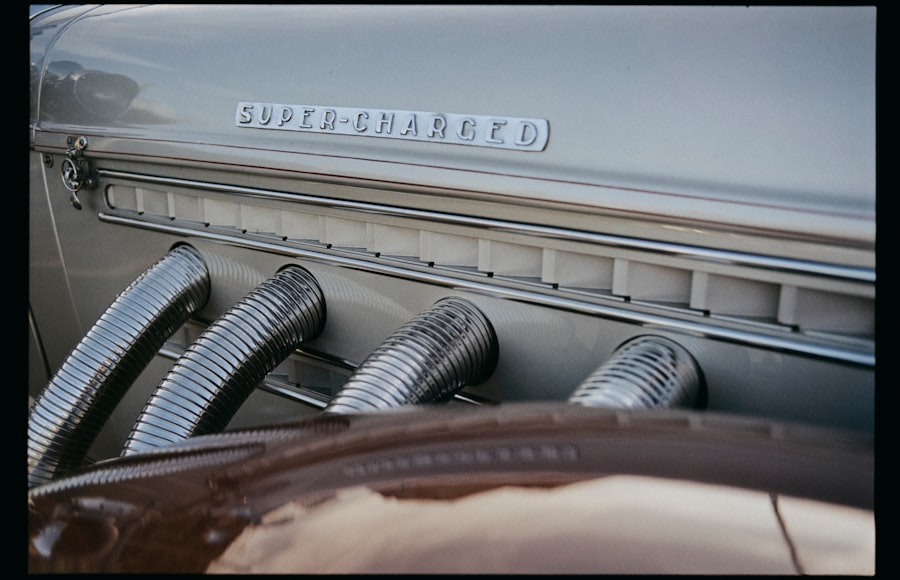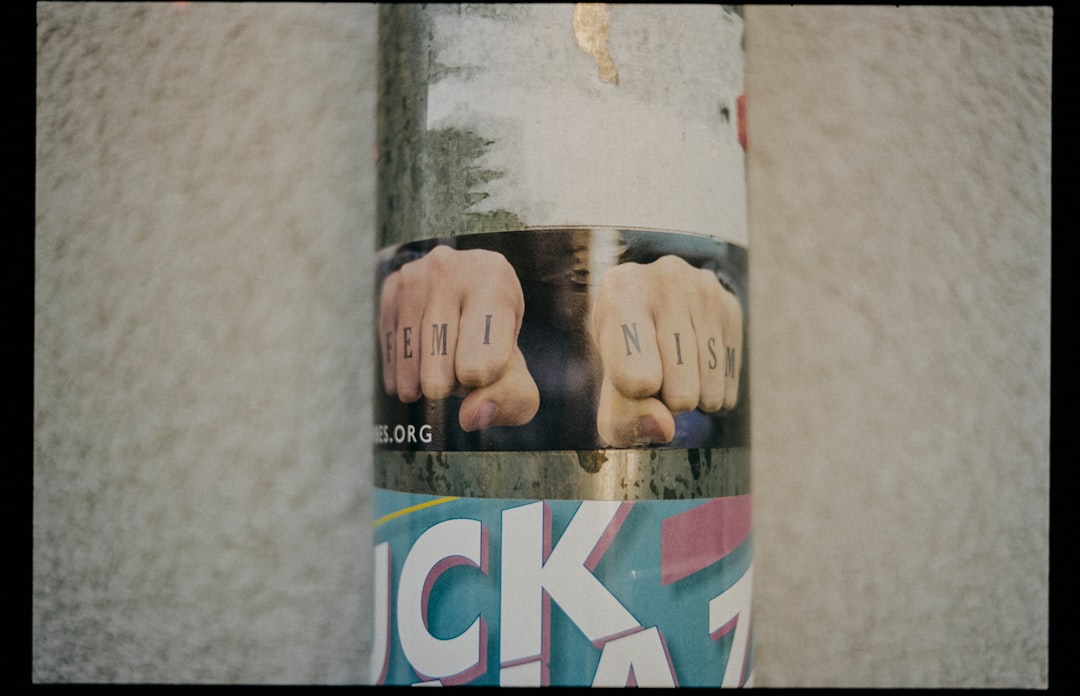Toho Studios, a name synonymous with Japanese cinema, experienced a transformative decade in the 1970s. This era marked a significant evolution in the studio’s approach to filmmaking, characterized by a blend of traditional storytelling and innovative techniques. As you delve into the world of Toho during this period, you will discover how the studio not only shaped the landscape of Japanese film but also influenced global cinema.
The 1970s were a time of experimentation and bold narratives, where Toho’s productions began to reflect the changing societal norms and cultural dynamics of Japan. During this decade, Toho Studios was at the forefront of cinematic innovation, producing a diverse array of films that ranged from science fiction to historical dramas. The studio’s commitment to quality and creativity was evident in its willingness to embrace new technologies and storytelling methods.
As you explore the films and techniques that emerged from Toho in the 1970s, you will gain insight into how this iconic studio navigated the complexities of a rapidly changing film industry while remaining true to its roots.
Key Takeaways
- Toho Studios in the 1970s saw a shift towards more experimental and diverse film production, reflecting the changing cultural and social landscape of Japan.
- The evolution of Toho Studios’ film stock in the 1970s allowed for greater flexibility in capturing different visual styles and tones, leading to a more dynamic and varied cinematic experience.
- Technological advancements, such as the use of new camera equipment and special effects, had a significant impact on Toho Studios’ film stock, enabling the creation of visually stunning and innovative films.
- Notable films produced by Toho Studios in the 1970s, such as “Godzilla vs. Megalon” and “Prophecies of Nostradamus,” showcased the studio’s ability to push boundaries and captivate audiences with their unique storytelling and visual effects.
- Toho Studios’ film stock in the 1970s had a profound influence on Japanese cinema, inspiring future filmmakers and setting a new standard for visual storytelling in the industry.
Evolution of Toho Studios’ Film Stock
The evolution of film stock at Toho Studios during the 1970s is a fascinating journey that reflects both technological advancements and artistic aspirations. In this decade, Toho began to experiment with different types of film stock, moving away from the traditional materials that had defined its earlier productions. This shift was not merely about adopting new technologies; it was also about enhancing the visual storytelling capabilities of filmmakers.
You will find that the choice of film stock played a crucial role in determining the aesthetic quality of Toho’s films, influencing everything from color saturation to grain texture. As you examine the various film stocks used by Toho, you will notice a marked improvement in image quality and clarity. The introduction of higher sensitivity films allowed for better performance in low-light conditions, which was particularly beneficial for genres like horror and drama.
This evolution enabled filmmakers to capture more nuanced performances and intricate details, enriching the overall viewing experience. The advancements in film stock also facilitated more ambitious projects, allowing directors to push creative boundaries and explore new visual styles.
Impact of Technological Advancements on Toho Studios’ Film Stock

Technological advancements in the 1970s had a profound impact on Toho Studios’ film stock, leading to significant changes in production techniques and visual storytelling. The introduction of new camera systems and lighting equipment allowed filmmakers to experiment with different shooting styles, resulting in a more dynamic approach to cinematography. As you explore this technological landscape, you will see how these innovations not only enhanced the quality of films but also expanded the creative possibilities for directors and cinematographers alike.
One notable advancement was the development of color film technology, which allowed Toho to produce visually stunning films that captivated audiences. The ability to capture vibrant colors and intricate details transformed the way stories were told on screen. You may find it interesting how this shift influenced genres such as kaiju films, where the vivid portrayal of monsters and landscapes became essential to their appeal.
The combination of advanced film stock and innovative filming techniques positioned Toho as a leader in cinematic excellence during this transformative decade.
Notable Films Produced by Toho Studios in the 1970s
| Film Title | Director | Release Year | Genre |
|---|---|---|---|
| Godzilla vs. Megalon | Jun Fukuda | 1973 | Kaiju |
| Prophecies of Nostradamus | Toshio Masuda | 1974 | Science Fiction |
| The War in Space | Jun Fukuda | 1977 | Science Fiction |
| Submersion of Japan | Shiro Moritani | 1973 | Disaster |
The 1970s saw Toho Studios produce a remarkable array of films that left an indelible mark on Japanese cinema. Among these, “Godzilla vs. Hedorah” (1971) stands out as a bold commentary on environmental issues, showcasing how Toho used its iconic monster franchise to address contemporary societal concerns.
As you explore this film, you will appreciate how it combined entertainment with a powerful message, reflecting the growing awareness of ecological issues in Japan and beyond. Another significant film from this era is “The Last Ronin” (1973), which delves into themes of honor and sacrifice within the samurai tradition. This film exemplifies Toho’s ability to blend historical narratives with compelling character development, creating a rich tapestry that resonates with audiences.
You will find that these films not only entertained but also provoked thought and discussion, solidifying Toho’s reputation as a studio that pushed boundaries while remaining deeply connected to cultural heritage.
Influence of Toho Studios’ Film Stock on Japanese Cinema
The influence of Toho Studios’ film stock on Japanese cinema during the 1970s cannot be overstated. As filmmakers began to adopt the advancements made by Toho, a ripple effect was felt throughout the industry. You will notice how other studios started to experiment with similar technologies and techniques, leading to a renaissance in Japanese filmmaking.
This period saw an increase in visually ambitious projects that sought to challenge traditional narratives and explore new genres. Moreover, Toho’s commitment to quality film stock set a standard for production values across the industry. As you delve deeper into this topic, you will see how filmmakers were inspired by Toho’s innovations, leading to a wave of creativity that defined Japanese cinema for years to come.
The legacy of Toho’s film stock extended beyond mere technical advancements; it fostered an environment where artistic expression flourished, allowing filmmakers to tell stories that resonated with audiences both domestically and internationally.
Reception and Critique of Toho Studios’ Film Stock in the 1970s

Visual Richness and Clarity
You may find it interesting how reviewers often highlighted the visual richness and clarity achieved through improved film stock, which enhanced the storytelling experience for viewers.
A Balancing Act
However, not all feedback was positive. Some critics argued that while technological advancements were impressive, they sometimes overshadowed narrative depth and character development. As you explore these critiques, you will see how filmmakers grappled with balancing innovation with storytelling integrity.
Navigating an Evolving Landscape
This tension between technology and narrative became a recurring theme in discussions about Toho’s output during this decade, prompting filmmakers to reflect on their artistic choices as they navigated an evolving cinematic landscape.
Legacy of Toho Studios’ Film Stock in the 1970s
The legacy of Toho Studios’ film stock in the 1970s is one that continues to resonate within the film industry today. The innovations made during this period laid the groundwork for future generations of filmmakers who would build upon the techniques established by Toho. As you consider this legacy, you will recognize how it has influenced not only Japanese cinema but also global filmmaking practices.
Moreover, the films produced by Toho during this decade have become cultural touchstones that are still celebrated today.
Hedorah” and “The Last Ronin” extends beyond their initial release; they have inspired countless remakes, adaptations, and homages across various media.
You will find that Toho’s commitment to quality film stock and innovative storytelling has left an enduring mark on cinema history, ensuring that its influence will be felt for years to come.
Toho Studios’ Film Stock in the 1970s and its Continued Influence
In conclusion, Toho Studios’ film stock in the 1970s represents a pivotal moment in both Japanese cinema and global filmmaking history. The studio’s willingness to embrace technological advancements while maintaining a strong connection to cultural narratives allowed it to produce films that were not only visually stunning but also thematically rich. As you reflect on this era, you will appreciate how Toho’s innovations set a standard for quality that continues to inspire filmmakers today.
The legacy of Toho’s film stock is evident in contemporary cinema, where filmmakers draw upon the lessons learned from this transformative decade. The influence of Toho’s approach can be seen in various genres and styles, demonstrating that innovation and storytelling can coexist harmoniously. As you continue your exploration of cinema, remember that the impact of Toho Studios in the 1970s is not just a chapter in history; it is a testament to the power of creativity and vision in shaping the future of film.
Toho Studios used a variety of film stocks in the 1970s to capture the iconic monsters in their Godzilla films. One interesting article on Kaiju News discusses the power struggle between Godzilla and King Ghidorah in the film “Godzilla vs. King Ghidorah.” The article delves into the strengths and weaknesses of each monster, providing a fascinating analysis for fans of the franchise. For more insights into the world of Godzilla, another article on Kaiju News offers a step-by-step guide on how to create your own Godzilla in the game “Infinite Craft.” Additionally, fans can check out a complete credits and cast overview for the film “Godzilla Minus One” on the same website. These articles provide a deeper understanding of the beloved kaiju universe created by Toho Studios. Source
FAQs
What film stock did Toho Studios use in the 1970s?
Toho Studios primarily used Kodak film stock during the 1970s for their film productions.
Why did Toho Studios choose Kodak film stock?
Toho Studios chose Kodak film stock for its high quality and reliability, which was important for their film productions.
Did Toho Studios use any other film stocks in the 1970s?
While Kodak film stock was the primary choice for Toho Studios in the 1970s, they may have occasionally used other film stocks for specific projects or scenes.
How did the choice of film stock impact Toho Studios’ films in the 1970s?
The choice of Kodak film stock contributed to the overall look and feel of Toho Studios’ films in the 1970s, and played a significant role in the visual aesthetic of their productions.
